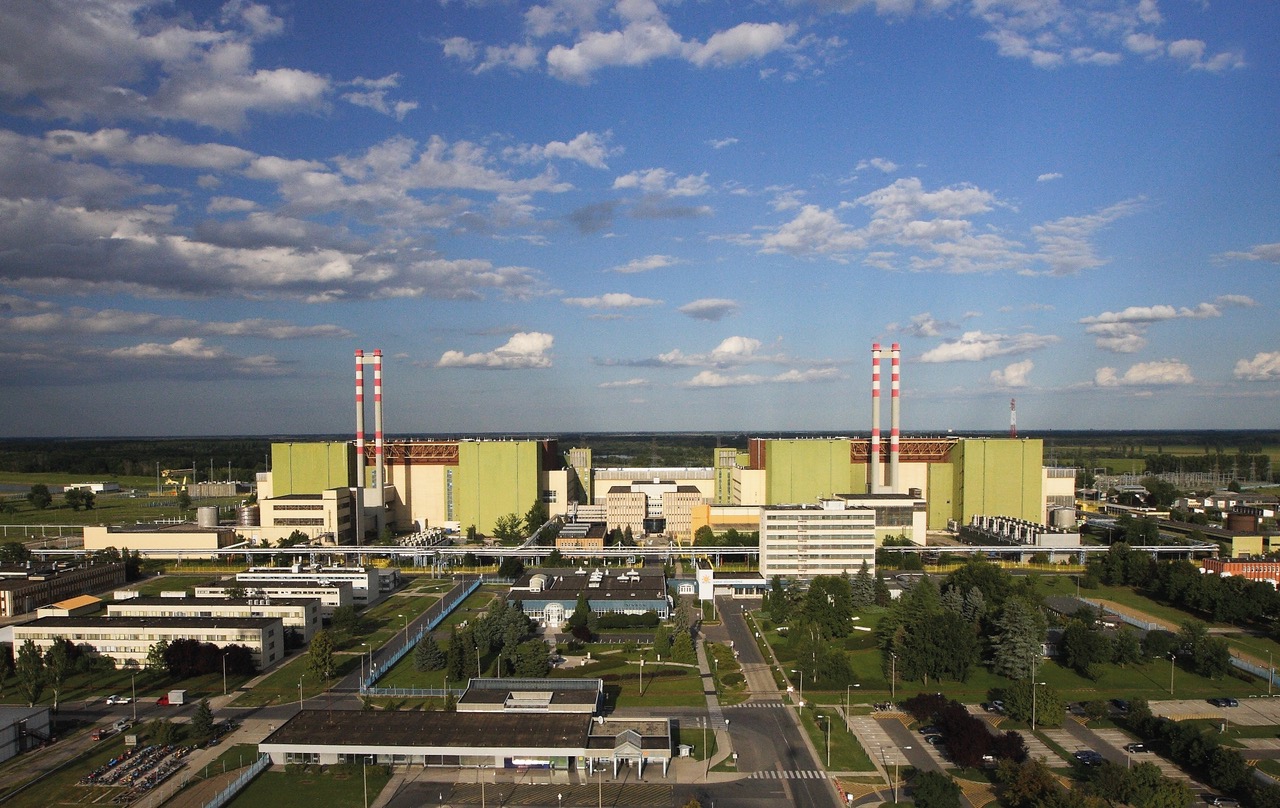Hungarians Aware of Reasons Behind Power Outages, Expect Rapid Solutions
.png)
A recent nationwide survey conducted by E.ON clearly shows that respondents’ highest priority is the continuous supply of electricity. Typically, survey participants do understand why there are operational disruptions during extreme weather conditions.
They know that wind, snow, and sleet can damage power lines, and are also aware that falling trees and their branches can pull down infrastructure. In cases of storm damage, 78% (a majority) expect rapid restoration of service. Meanwhile, 60% are curious about how long rectification of service takes, while 40% expect their electricity supplier to provide temporary power supply solutions.
For E.ON's experts, rapid troubleshooting is also the top priority, with emergency management following predetermined protocols. Oftentimes, external partners are brought in, or technicians are shuttled in from across the country to ensure a rapid solution. Close cooperation with disaster management authorities is also maintained, with firefighters and network technicians often handing over to the other. After storms for example, many times trees that have damaged the network have to be removed first before technicians can start the repairs.
Independent of the operator, the Saidi indicator is an objective measure for the length of blackouts. It shows the average number of minutes a customer experiences a power outage due to operational disruptions in a year. Within E.ON’s service areas, that figure has been steadily shrinking over the past two decades: while it was 228 minutes in 2001, thanks to continuous network upgrades and automation, it decreased to less than a quarter of that, 57 minutes per year, by 2023.
The public’s help can also help maintain this favorable trend, E.ON noted, for example by regularly trimming trees and shrubs near power lines and reporting concerns about plants that are encroaching on lines or otherwise causing an accident or potential hazard.
In E.ON Hungary’s national survey of the 16-65 age group, the company sought to find out whether respondents were aware of how extreme weather conditions could cause domestic power outages. They also evaluated the expectations customers have for the service provider in such situations.
Heavy Equipment, Drones, and Smart Devices Deployed
High- and medium-voltage power outages are immediately detected in the supplier’s control centers. From there, where possible E.ON technicians perform so-called switching operations to ensure power supply remotely through intact network sections. They have 2,500 remotely operable switching devices at their disposal for this purpose. Technicians then set out to find and repair faults. They replace damaged network elements, and repair or replace broken lines and damaged or fallen poles.
One of the biggest challenges in these situations is when the failure occurs in a location that is inaccessible to conventional vehicles. Technicians must get there, regardless. In such cases, they employ a specially designed amphibious vehicle, which can move easily through dense woodlands and steep or swampy terrains. Drones flying over impassable terrain also provide invaluable assistance. With their help, technicians get a bird’s eye view to survey the damage and can pinpoint the exact location of faults.
Video Campaign Provides Insight Into How an Outage is Fixed
E.ON recently launched an explainer video campaign with the help of television personality Gergely Papp. The first episode showed how electricity works, while in a subsequent episode, Papp joins a troubleshooting team to see what happens behind the scenes, from the first fault signal to the power being restored. The video gives a glimpse into the rarely seen human and technological aspects of work that must be carried out in extreme weather conditions, sometimes involving up to a thousand professionals, whenever necessary: youtube.com/watch?v=5OVkPkYmGVc
E.ON’s Biggest Weather Challenge in the Past Year
The last time the industry needed to call up remote resources was in February 2023, when extreme, stormy weather caused widespread power outages on E.ON’s northern and southern Transdanubia power grids. Group technicians from areas less affected by the storm, and from eastern Hungary, were dispatched to the worst affected regions to restore power to customers as quickly as possible.
SUPPORT THE BUDAPEST BUSINESS JOURNAL
Producing journalism that is worthy of the name is a costly business. For 27 years, the publishers, editors and reporters of the Budapest Business Journal have striven to bring you business news that works, information that you can trust, that is factual, accurate and presented without fear or favor.
Newspaper organizations across the globe have struggled to find a business model that allows them to continue to excel, without compromising their ability to perform. Most recently, some have experimented with the idea of involving their most important stakeholders, their readers.
We would like to offer that same opportunity to our readers. We would like to invite you to help us deliver the quality business journalism you require. Hit our Support the BBJ button and you can choose the how much and how often you send us your contributions.











